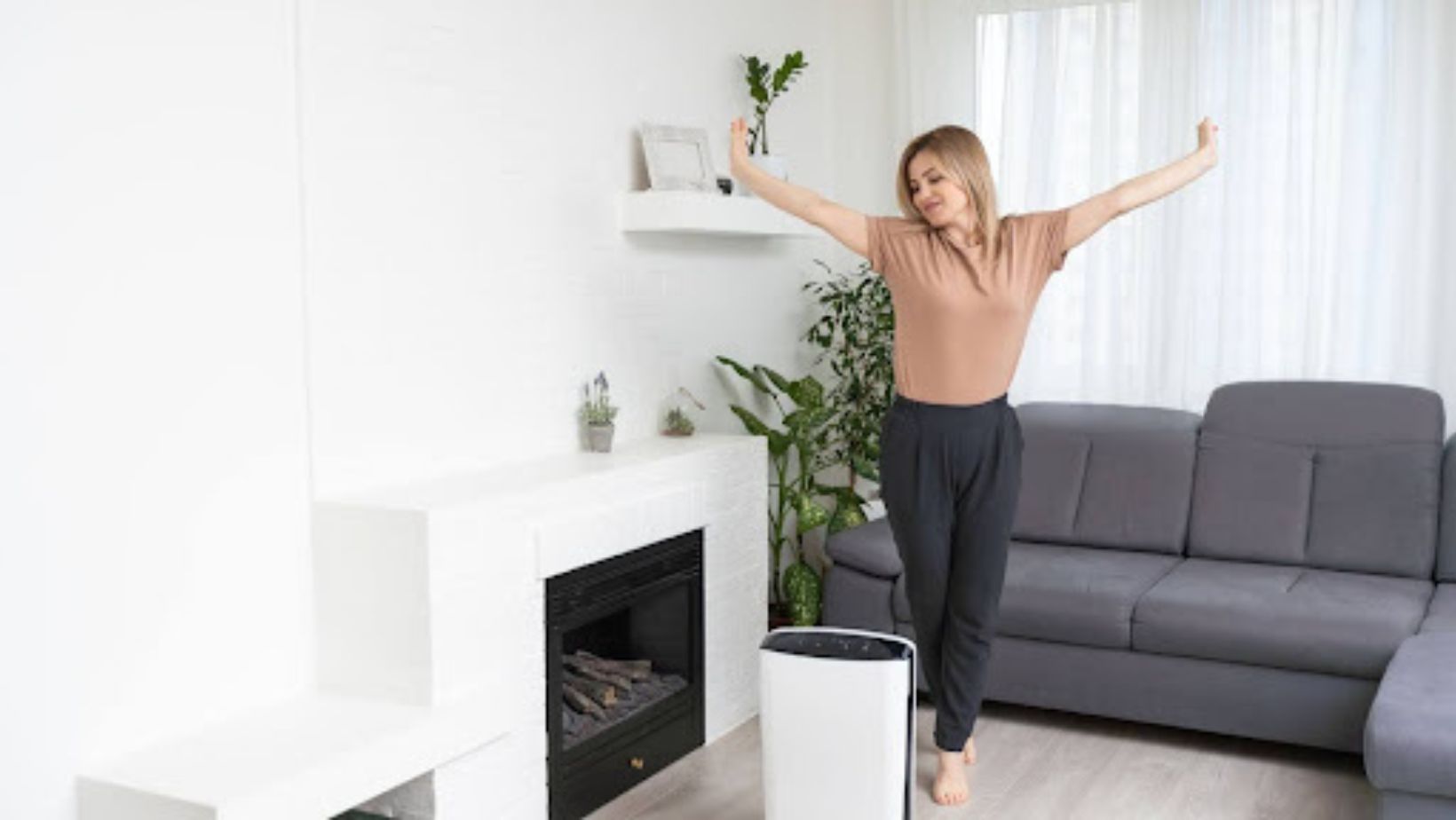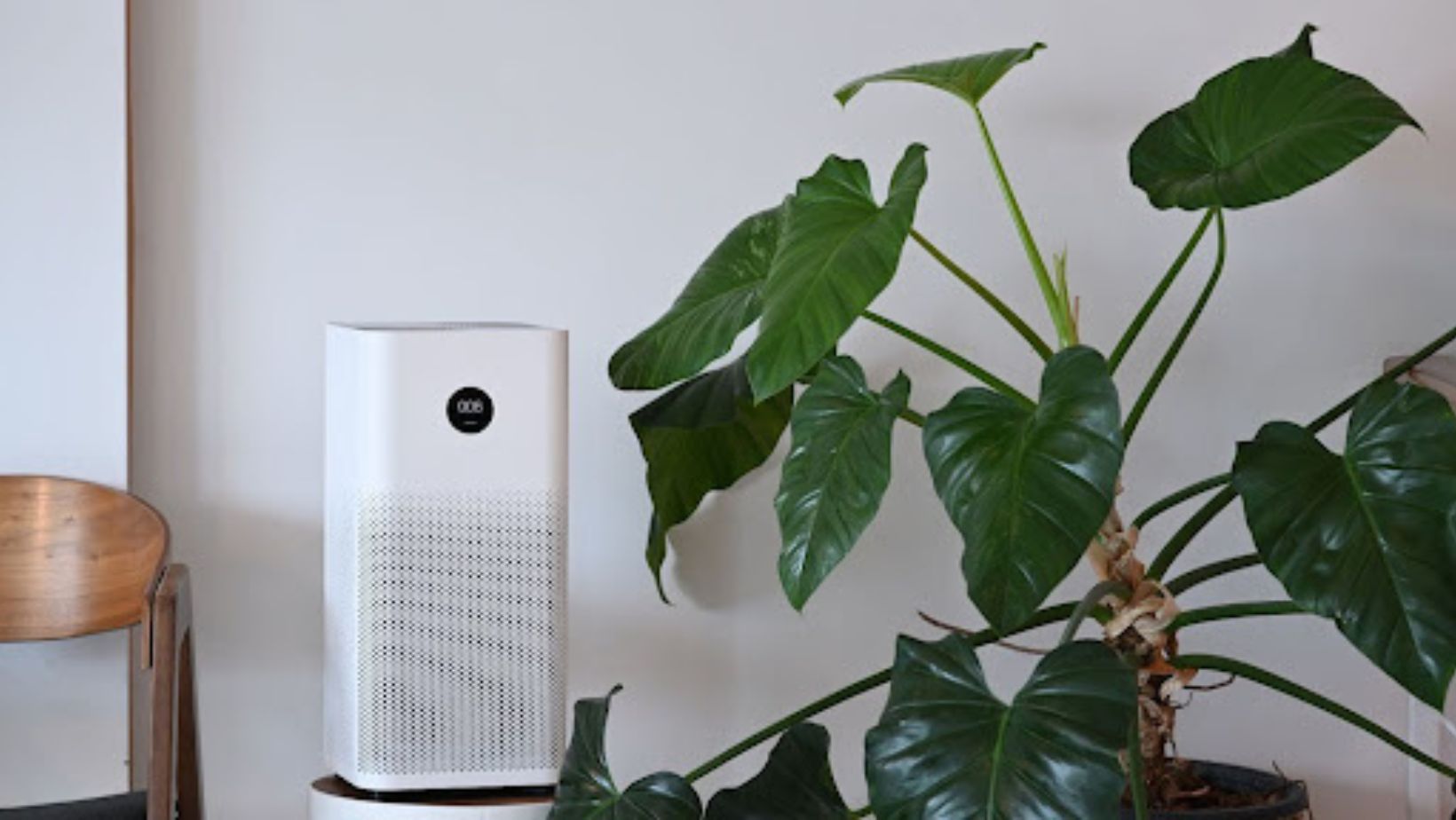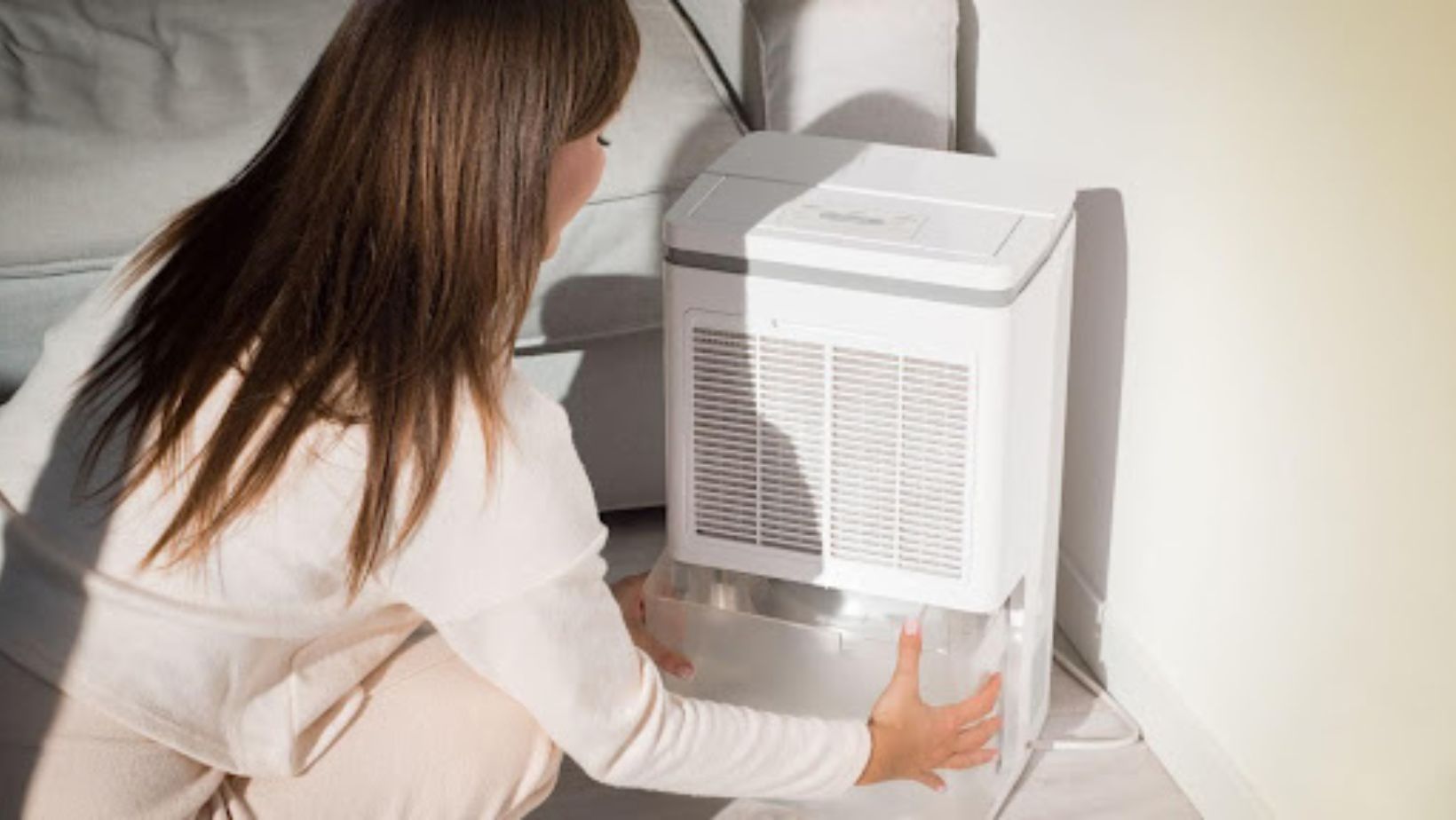
Key Takeaways:
- Humidity during summer can create a breeding ground for mold and allergens, making air conditioning a double-edged sword.
- Ensuring good indoor air quality involves regular cleaning, proper ventilation, and controlling humidity.
- Expert technicians can analyze indoor spaces, identify air quality issues, and recommend effective solutions for healthier air.
Summer’s warmth can feel like a double-edged sword. Sure, the days are longer, and the sun is brighter, but that often comes with a sticky, unwelcome guest: humidity. While cranking up the air conditioner (AC) offers a temporary escape, that trapped moisture can create a breeding ground for mold and allergens, leaving you congested and uncomfortable. This guide will equip you with simple yet effective strategies for controlling moisture, promoting ventilation, and purifying the air.
What Is Indoor Air Quality?
Indoor air quality (IAQ) is a fancy term for how healthy the air is inside buildings. Things like dust, smoke, and even moisture levels can affect IAQ. Just like you care for your health, buildings also need some love. Regular cleaning, good air circulation, and maintaining humidity are all crucial for fresh air.
Are you feeling lost? No sweat. Expert technicians can analyze your indoor space, pinpoint any problems, and suggest solutions to ensure the air you breathe is clean and healthy.
Strategies For Maintaining Optimal Indoor Air Quality
Maintaining optimal indoor air quality ensures a healthy and comfortable living environment. Here are several effective strategies to achieve and maintain good indoor air quality:
Regular Ventilation
Maintaining optimal indoor air quality is essential for a healthy and productive environment. Introducing fresh outdoor air through open windows and doors regularly dilutes indoor pollutants and moisture. Exhaust fans play a critical role in areas prone to high humidity and pollutants, such as kitchens and bathrooms. These fans effectively remove moisture, odors, and airborne contaminants at the source, preventing them from spreading throughout the building.
Air Purifiers
Consider air purifiers as your air quality guardians. High-efficiency particle air (HEPA) filters, the workhorses of these devices, excel at capturing tiny particles like dust, pollen, and pet dander—common allergy triggers. But air purifiers go a step further. Some models boast activated carbon filters that act like tiny sponges, absorbing unwanted odors and chemical compounds from everyday household products. The result? Cleaner air to breathe and a more comfortable indoor environment.
Houseplants
Houseplants can naturally enhance indoor air quality by absorbing pollutants and releasing oxygen.

Plants like spider plants, peace lilies, and snake plants are known for their air-purifying abilities. Besides their aesthetic value, these plants help reduce formaldehyde, benzene, and trichloroethylene levels. However, caring for houseplants is important to avoid mold growth properly. Ensure they are watered appropriately and kept in well-draining pots to prevent waterlogging and mold development.
Regular Cleaning
Regular cleaning is vital for maintaining a dust-free and allergen-free home. Dusting surfaces and vacuuming floors, carpets, and upholstery should be done frequently. Using a vacuum cleaner with a HEPA filter ensures that fine particles are captured and not recirculated into the air. Washing fabrics like curtains, bed linens, and throw rugs also helps remove accumulated dust and allergens. Keeping your home clean reduces the presence of dust mites, pet dander, and other irritants.
Control Humidity
Maintaining optimal humidity levels is key to preventing mold growth and dust mites. Dehumidifiers effectively keep indoor humidity between 30% and 50%, the recommended range. High humidity can lead to mold growth, triggering respiratory issues and allergies. Additionally, it’s important to fix any leaks or water damage promptly to prevent mold and mildew from developing. Proper humidity control creates a healthier indoor environment.
Avoid Indoor Pollutants
Minimizing indoor pollutants is essential for maintaining good air quality. Smoking indoors should be strictly prohibited, as tobacco smoke contains numerous harmful chemicals. Limiting chemical-based cleaning products and using natural alternatives can reduce indoor air pollution. Avoid using synthetic fragrances and air fresheners, which can emit VOCs. Instead, use essential oils or natural air fresheners to maintain a pleasant indoor scent without compromising air quality.
Regular Maintenance of HVAC Systems
Proper maintenance of heating, ventilation, and air conditioning (HVAC) systems ensures they operate efficiently and contribute to good indoor air quality.

Change HVAC filters every 1-3 months to prevent dust and pollutants from circulating through the system. Additionally, schedule regular cleaning of air ducts to remove accumulated dust, mold, and debris. Well-maintained HVAC systems help in delivering clean, filtered air throughout your home.
Cooking and Combustion Safety
Ensuring safety during cooking and using combustion appliances can significantly improve indoor air quality. Use range hoods to vent smoke, grease, and odors outside while cooking. Regularly inspect and maintain gas stoves, fireplaces, and heaters to ensure they function properly and do not emit harmful pollutants like carbon monoxide (CO). Installing CO detectors is also advisable to monitor and alert you to any dangerous levels of this odorless gas.
Monitor Indoor Air Quality
Investing in indoor air quality monitors can help you monitor pollutant levels in your home. These devices can detect the presence of particulates, VOCs, carbon dioxide, and other pollutants, providing real-time data. By monitoring air quality, you can take immediate action to address any issues, such as increasing ventilation or using air purifiers, ensuring a healthier living environment for you and your family.
Conclusion
Following these strategies, you can transform your home into a healthy and breathable haven throughout the most humid months. Remember, maintaining good indoor air quality is an ongoing process, but with a little effort, you can breathe easy and enjoy the best summer.






